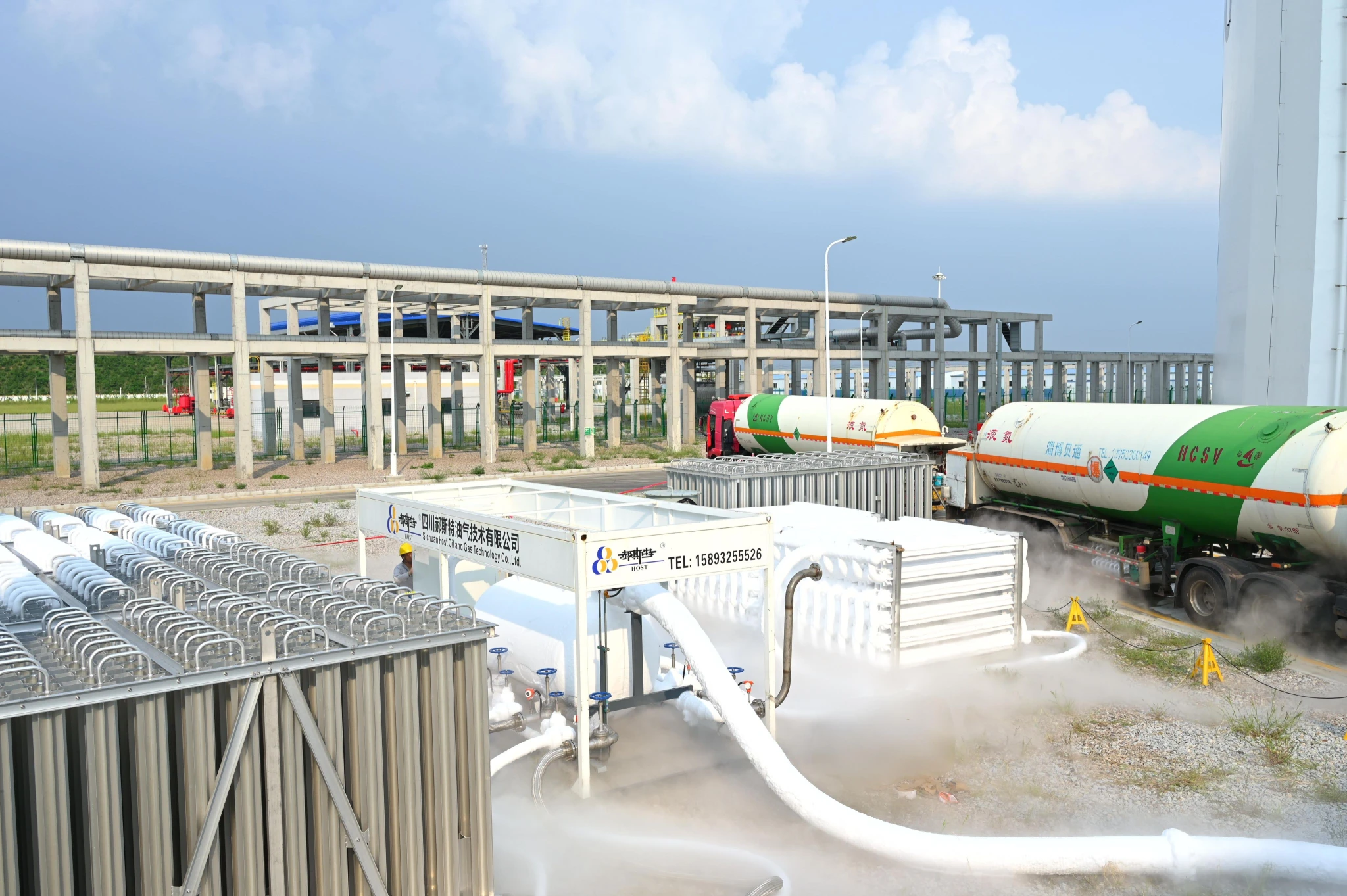
Classic Case
Classic Case
Jin Qian 23 Well Dehydration and Hydrocarbon Removal Project
Well No. 23 of Jinshan is located in Jianzhong Town, Santai County, Mianyang City, Sichuan Province. Our company is providing specialized dehydration and hydrocarbon removal services for this well. Natural gas dehydration and hydrocarbon removal refer to the process of eliminating gaseous water and NGL components from natural gas—specifically those that could interfere with its smooth flow under transportation conditions. This ensures the gas meets stringent quality standards and satisfies the requirements for deep separation, as well as adheres to the necessary water dew point and hydrocarbon dew point specifications when transported via pipelines. Since undertaking the dehydration and hydrocarbon removal project for Well No. 23 in Jinshan, our company has placed great emphasis on this initiative. To support the project, we’ve assembled a dedicated team comprising a production supervisor, experienced operators, and expert maintenance technicians specializing in compressor equipment. Key equipment deployed for this project includes emergency shutdown valves with control systems, a natural gas dehydration and hydrocarbon removal skid unit, sealed metering tanks, oil-water separation units, and more.
In the early stages of construction, faced with tight deadlines and heavy workloads, the construction team meticulously planned and organized every aspect of the project. They focused on the site station's design and planning, the assembly and skidding of equipment, the laying and installation of pipelines, and the seamless coordination of the entire construction process. Meanwhile, safety management personnel conducted comprehensive inspections to identify potential hazards, carrying out thorough self-checks on all station equipment, facilities, and critical work areas. They compiled a detailed risk and hazard list, ensuring that all risks were thoroughly addressed and that preventive measures were effectively implemented—ultimately enhancing the team's ability to manage and control safety risks across the board.
In the client's operational area, personnel involved in the tight-gas project on-site requested that natural gas be used to displace and pressurize the pre-embedded pipelines and equipment lines. A controlled flare was then ignited to burn off the displaced natural gas. Once the pressure equilibrated with the downstream system, the wellhead was opened at ambient temperature. When the temperature dropped to between 0°C and -5°C and the outbound pressure reached 3 MPa, the flat valve on the gas transmission pipeline was fully opened, officially starting the gas export process. At 15:44, the operation was successfully launched, with an initial production rate of approximately 60,000 cubic meters.
Prev
